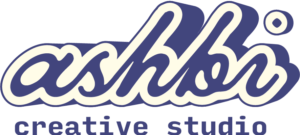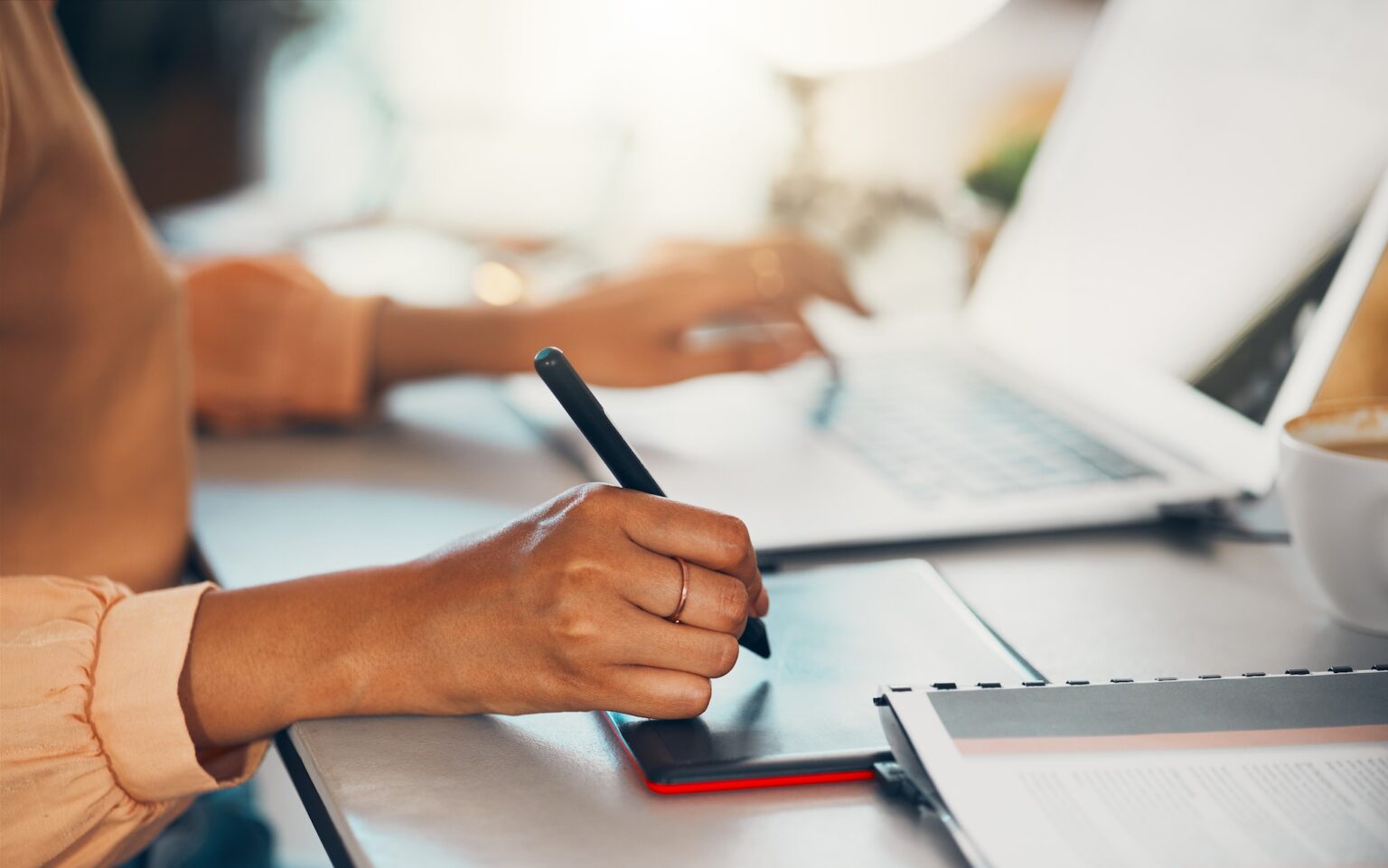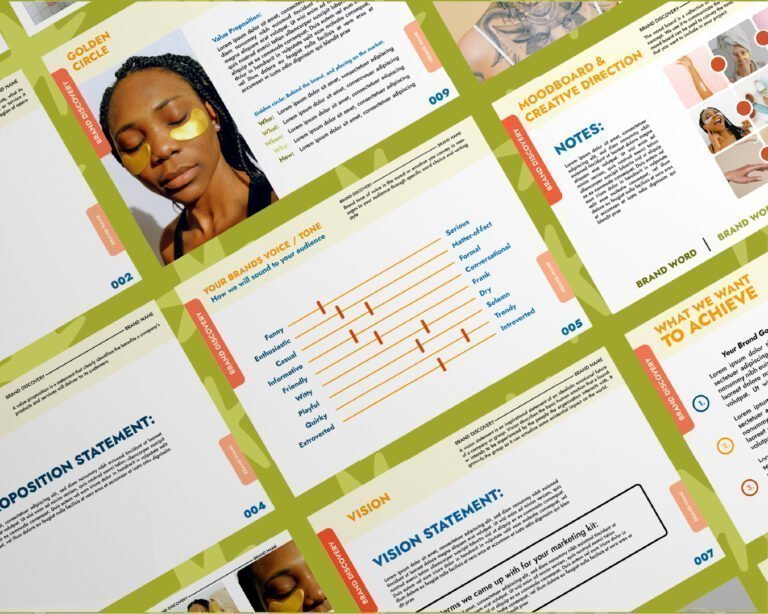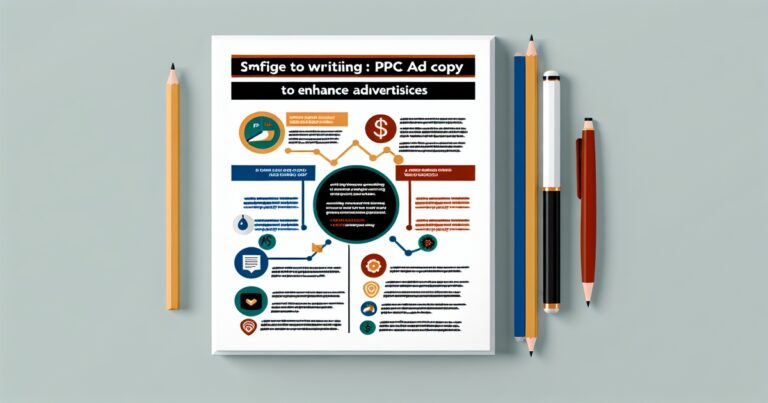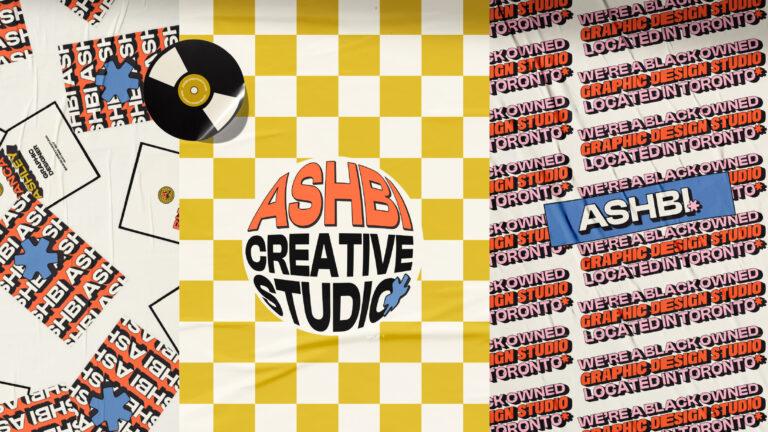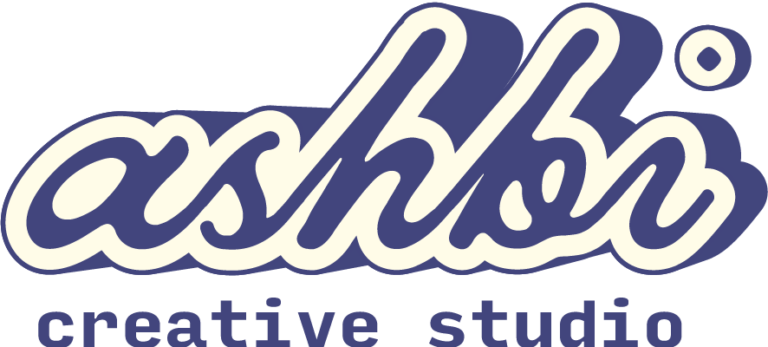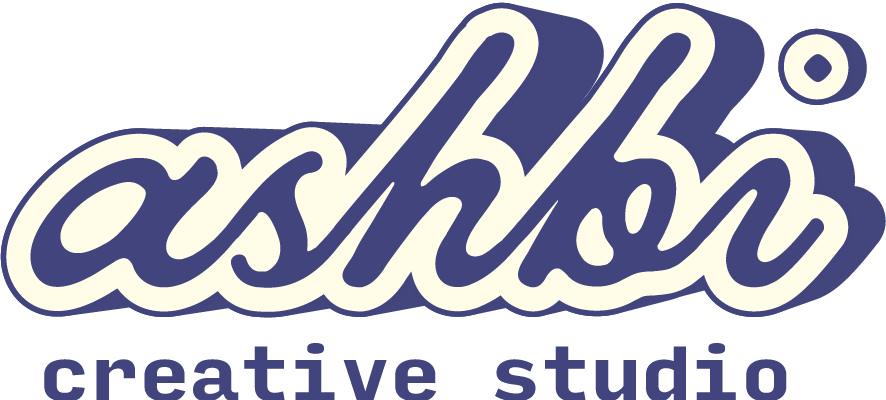The Power of Graphic Design
As you look around today, it is hard to ignore graphic design’s impact on our daily lives. From logos to billboards, product packaging to websites, graphic Design is an essential component that helps communicate messages and ideas to the masses.
But what exactly is graphic Design? In simple terms, Graphic Design refers to creating visual content using typography, images, and various elements for communication purposes.
It involves combining creativity with technical skills to produce visually appealing designs that capture attention and convey a message effectively. The importance of graphic Design cannot be overstated in today’s world, where businesses compete fiercely for consumers’ attention.
A well-executed design can help businesses stand out and establish their brand identity. In addition, compelling visuals can also help convey complex information in an easy-to-digest manner.
Moreover, graphic Design is crucial in shaping cultural norms by influencing how people perceive things through visual cues. It impacts our emotions and can evoke strong feelings about products or ideas communicated through it.
Effective designs create lasting impressions that influence consumer decisions while promoting brand loyalty. Graphic Design is a powerful tool that helps shape our perceptions of things while conveying messages effectively through visuals.
The use of attractive visuals helps organizations stand out from others by communicating their brand identity while making them memorable to their audience. In the next section, we’ll explore what role a Graphic Designer plays in creating impactful designs.
The Role of a Graphic Designer
Graphic designers create visual content communicating messages or ideas to a target audience. They use various techniques and tools to design images, logos, typography, illustrations, and other graphical elements to convey the intended message.
Responsibilities and duties of a graphic designer
The primary responsibility of a graphic designer is to create layouts and designs that meet client’s needs while ensuring that they are visually appealing. They work closely with clients to understand their requirements and specifications for each project. This includes analyzing business objectives, identifying the target audience, determining the message, and selecting appropriate colours, fonts, images, or other design elements.
In addition to designing graphics for print or digital media platforms such as websites or social media platforms, graphic designers may also be responsible for developing marketing strategies or promotional materials for their clients. These could include brochures, flyers, posters or banners.
Working with clients to achieve their goals
Achieving client goals effectively as a graphic designer requires constant communication throughout the project timeline. The designer must present sketches or concepts regularly for approval by the client before proceeding with further work on the design concept.
A skilled graphic designer should have excellent communication skills, an eye for detail, and creative thinking skills that help them come up with innovative ideas. Furthermore, graphic designers ensure that projects are delivered within agreed-upon timelines while adhering strictly to submitted budgets unless there is a mutual agreement between both parties that extra fees will apply due to additional requests outside of the initial agreement’s scope.
: The role of a graphic designer is fundamental in modern-day society due to its importance in conveying visual communication messages effectively. Implementing creative thinking and excellent communication skills when working closely with clients results in successful project completion, ultimately leading to satisfied customers’ success stories.
The Essential Skills for a Successful Graphic Designer
Graphic design is not only about creativity and artistry; it also requires technical and soft skills that help designers excel. An excellent graphic designer should have a strong foundation in design principles, typography, colour theory, and composition. Additionally, they should possess excellent communication skills, project management abilities, and attention to detail.
Technical Skills
In-demand technical skills for designers include proficiency in software like Adobe Photoshop, Illustrator, InDesign or Sketch. These software applications are the industry standards used by most professionals today. Designers must know how to use these tools to create compelling visual designs that meet the needs of their clients.
They need to have experience with image editing software like Photoshop or GIMP. They need to be familiar with creating vector graphics using Illustrator or similar tools and creating layouts using InDesign or other layout design programs.
A great graphic designer must also understand basic HTML/CSS rules to properly code webpages and landing pages without relying on other teams or third-party applications. An ability to create wireframes (i.e., planning out the layout and functionality of websites) is another vital skill necessary for practical web design.
Soft Skills
Excellent communication skills are essential for graphic designers who often work with clients directly. Good listening abilities allow them to understand what their clients want, while asking the right questions helps them clarify any ambiguity in requests.
Also, sound project management skills allow designers to manage their time efficiently while simultaneously working on multiple projects. Strong attention to detail is critical in ensuring designs are visually appealing and technically accurate across different devices/platforms/browsers etc. For example: ensuring that colours match up across all materials from web pages to print collateral such as business cards, brochures, etc.
Popular Design Tools
The most popular design tools graphic designers use include Adobe Creative Cloud, Figma, Sketch, Affinity Designer, Canva and CorelDRAW. Adobe Creative Cloud is the industry-leading application suite that includes popular programs like Photoshop, Illustrator, and InDesign.
Figma is a robust cloud-based design platform used for wireframing and collaboration between designers. Sketch is a vector graphics editor designed primarily for user interface design.
Web and app designers widely use it to create interfaces that can be quickly prototyped and tested before coding begins. Affinity Designer is an alternative to Illustrator, offering similar features in vector graphics editing but at a lower price point.
Canva offers more than graphic design tools; it also has an extensive library of templates that non-designers can use to quickly make social media posts or marketing materials. CorelDRAW is another powerful vector-based program used for print and web design.
Becoming a successful graphic designer requires creativity and technical skills in using software applications like Photoshop or Illustrator and soft skills like communication abilities and project management expertise. By honing these skills through experience or training in the field, you will be better equipped to succeed in this highly competitive industry.
Creating an Effective Design Brief
A design brief is a document that outlines the requirements, goals, and expectations for a design project. It acts as a roadmap for designers, ensuring they meet the client’s needs and achieve their objectives. A well-written brief can save time and money by clarifying the project scope, defining deliverables, and preventing misunderstandings.
What is a Design Brief?
A design brief is typically created at the beginning of a project when the client engages with the designer to provide details about their project. The brief should include background information on the company or brand, target audience demographics and psychographics, budget constraints, deadlines and other essential information about the designer’s expectations.
The design brief should also highlight the project’s specific goals, such as increasing sales of a particular product or service or creating greater brand awareness among consumers. Other essential elements include required features, such as colour schemes or fonts used in branding materials.
Tips on Writing an Effective Design Brief
Writing an effective design brief requires careful planning and attention to detail. It should be clear, concise and easy to understand to avoid confusion over what you want your result to look like. Here are some tips on how to write an effective design brief:
1) Be specific: Provide precise details about what you want in terms of style, layout, colours etc., so that there are no misunderstandings between you and your designer. 2) Set clear goals: State precisely what you want your result to achieve so your designer can focus on creating something that meets those objectives.
3) Be realistic: Ensure that all requirements are achievable within budgetary constraints and timelines so that there are no surprises later on in terms of cost overruns or delays in delivery. Following these tips when writing your design brief can ensure better communication with your designer, resulting in a more effective end product that meets your specific needs and goals.
Common Mistakes Made by Beginner Designers
Designing is not an easy task, and beginners make many common mistakes. These mistakes often lead to unsatisfactory results or even project failures. Below are a few common mistakes beginner designers make and tips on avoiding them.
Not Understanding the Brief Properly
One of the biggest mistakes new designers make is not fully understanding what the client wants. This leads to designs that do not meet the client’s expectations or needs.
To avoid this mistake, you must take some time to understand what the client wants and needs. Ask questions, research, and regularly refer to the design brief throughout your project.
Another way to avoid this mistake is to break down the design brief into smaller tasks or objectives. This helps you focus on what is essential in terms of Design and ensures that you deliver a product that meets the clients.
Overcomplicating Designs
Beginner designers often fall into the trap of creating overly complicated designs with too many elements or colours. Remember, simplicity is key! Overcomplicated designs can confuse users and may not effectively communicate your message.
To avoid overcomplicating your designs, start with a simple concept and build upon it gradually while keeping your goals for clarity, simplicity, and functionality in mind. Use white space effectively as it creates breathing space for elements in your design, making it easier for users.
Using Too Many Fonts
A beginner designer may feel tempted to use multiple fonts in their projects that don’t work well together, thus producing an odd-looking output instead of one cohesive work. When it comes to typography, less is indeed more! Stick with two or three complementary fonts at most throughout your project as it helps maintain consistency, contributing to better readability.
Avoiding these common mistakes is crucial for beginner designers to produce quality work. You can create compelling designs that meet your clients and stand out by understanding the brief, keeping your designs simple, and sticking to a few complementary fonts.
Staying Up-to-Date with Design Trends: Why It’s Important
As a graphic designer, keeping up-to-date with the latest design trends is crucial to ensure your work remains relevant and appealing to clients. Trends influence how people perceive Design and dictate how they interact. Staying current with design trends lets you stay ahead of the competition while meeting client needs.
It also allows you to deliver creative solutions that align with current market demands by incorporating new design elements. Moreover, staying up-to-date with design trends helps you expand your knowledge and skills.
By learning new techniques from other designers and attending industry events, you can develop an understanding of how certain styles came about and what makes them effective. You can then incorporate this knowledge into your work while experimenting and innovating on existing techniques.
Tips on How to Keep Up With Industry News
The internet is an excellent resource for keeping industry news up-to-date, as numerous websites are explicitly dedicated to graphic design news. Subscribing to design-related blogs or newsletters is an excellent way to stay informed about recent developments in the field.
You may also follow influential designers or companies on social media channels such as Instagram or Twitter for updates. Attending conferences or events is another excellent way of staying up-to-date with industry news while networking with other professionals in the field.
Conferences allow graphic designers to meet their peers, learn about the latest technologies, attend workshops, and participate in discussions on current issues facing the industry. Joining professional organizations such as AIGA (American Institute of Graphic Arts) or local designer groups can also be beneficial as they offer networking, education, and collaboration opportunities.
The Importance of Networking With Other Professionals
Networking is crucial for any professional looking to succeed in their respective fields, including graphic Design. Establishing connections with other designers or professionals in related fields can help you stay informed about industry news and trends and provide opportunities for collaboration and work referrals. Attending industry events provides an opportunity to hire freelance designers and build relationships that could lead to future collaborations or job offers.
Networking can also provide valuable feedback on your work, which can help you improve your skills and deliver better designs. Social media platforms such as LinkedIn are powerful tools for networking with other professionals in your field.
You may join groups on LinkedIn where graphic designers gather to discuss industry-related topics, ask questions, and share ideas. Building a solid network of professional contacts takes time and effort but is critical for long-term success in the graphic design industry.
Handling Difficult Clients or Projects
Challenges Faced by Designers When Working with Clients
One of the biggest challenges for designers is working with clients with different expectations or don’tdon’ty understand the design process. Some clients may have unrealistic deadlines and budgets or require constant revisions, leading to frustration and scope creep.
It’s It’srtant for designers to establish clear communication from the beginning of a project and manage expectations throughout the process. Another challenge is dealing with feedback that may not align with the designer’s experience.
It’s It’srtant to listen to client feedback and incorporate their ideas where possible without compromising the overall design quality. However, designers must stand up for their work when needed and explain their reasoning behind confident design choices.
Some clients may require more hand-holding than others and need frequent check-ins or reassurance throughout the project. This can be time-consuming but ultimately necessary to keep the project on track.
The Solution: Effective Communication and Collaboration
To handle demanding clients or projects effectively, designers need to establish clear communication channels from the beginning of a project. This includes discussing timelines, budgets, goals, and expectations upfront so both parties are on the same page. Regular check-ins throughout the project can also help catch any miscommunications before they become more significant.
Collaboration is another critical factor in handling challenging projects. By involving clients in each stage of the design process, they will feel more invested in the outcome and be less likely to request significant changes at later stages of development.
Additionally, being transparent about potential challenges during a project helps set realistic expectations for both parties. By communicating potential roadblocks, designers can mitigate misunderstandings before they become significant issues.
Conclusion
Handling demanding clients or projects is an inevitable part of any design career, but it can also be an opportunity to grow and improve. Designers can navigate challenging situations more efficiently by establishing clear communication channels, managing expectations, and fostering collaboration throughout a project. Ultimately, building solid relationships with clients based on mutual respect and trust is the key to success.
